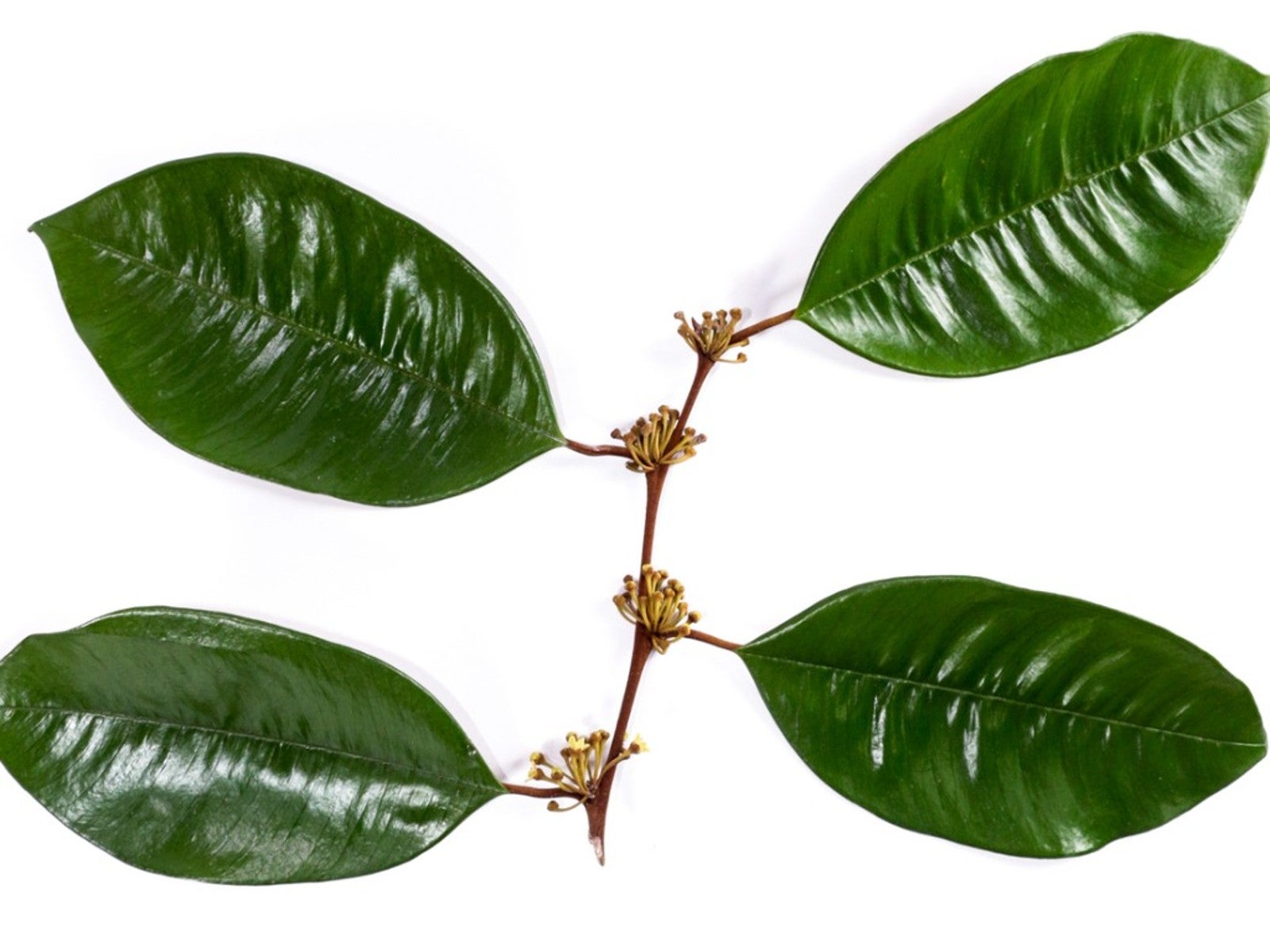Growing A Satin Leaf Tree: How To Care For Chrysophyllum Oliviforme


With a tongue-twister of a botanical name like “Chrysophyllum oliviforme,” you can appreciate the urge to confer common names, and this tree has a few. The most common is satin leaf tree, after its truly gorgeous foliage. These native Florida trees deserve another look for those who live in the warmest zones. For more information on the Chrysophyllum oliviforme, read on.
Chrysolphyllum Oliviforme
In many ways, the satin leaf is the perfect tree. With a mature height of 45 feet (14 m.), it is small enough for small gardens but doesn’t have that miniature look. It is large enough to serve in bigger landscapes and as a street tree, as well.
The evergreen leaves are the satin tree’s prime feature, a full 4 inches (10 cm.) long and two colors. They are a silky-smooth bottle green on top and a glowing silvery copper color beneath. It is absolutely stunning in a breeze.
Other Features of the Satin Leaf Tree
Although satin leaf trees are known for the beauty of their foliage, that is not their only ornamental feature. The trunks of these slender trees are covered with thin, mahogany bark that grows in scales.
Don’t forget the satin leaf tree fruit. The tiny, bell-shaped flowers bloom on the tree all year long in its ideal growing zones, USDA plant hardiness zones 10b through 11. Each pollinated flower develops into sweet purple or black satin leaf tree fruit.
Growing the Satin Leaf Tree
The first requirement for growing the satin leaf tree is living in a very warm-winter climate. After that, the tree needs full sun or at least partial sun. It is less fussy about soil, and tolerates anything from clay to sand, alkaline to acidic, well-draining to occasionally wet. However, it will be happiest in fertile, well-draining soil.
The satin leaf tree has a high drought tolerance, but that doesn’t mean you should neglect it. Water it every week or so for best results. Don’t worry about the roots; they will not create problems with foundations or sewers.
Sign up for the Gardening Know How newsletter today and receive a free copy of our e-book "How to Grow Delicious Tomatoes".
In addition, the satin leaf tree is resistant to pests and diseases. It is, all in all, an outstanding tree. It should be planted more frequently.

Teo Spengler is a master gardener and a docent at the San Francisco Botanical Garden, where she hosts public tours. She has studied horticulture and written about nature, trees, plants, and gardening for more than two decades, following a career as an attorney and legal writer. Her extended family includes some 30 houseplants and hundreds of outdoor plants, including 250 trees, which are her main passion. Spengler currently splits her life between San Francisco and the French Basque Country, though she was raised in Alaska, giving her experience of gardening in a range of climates.